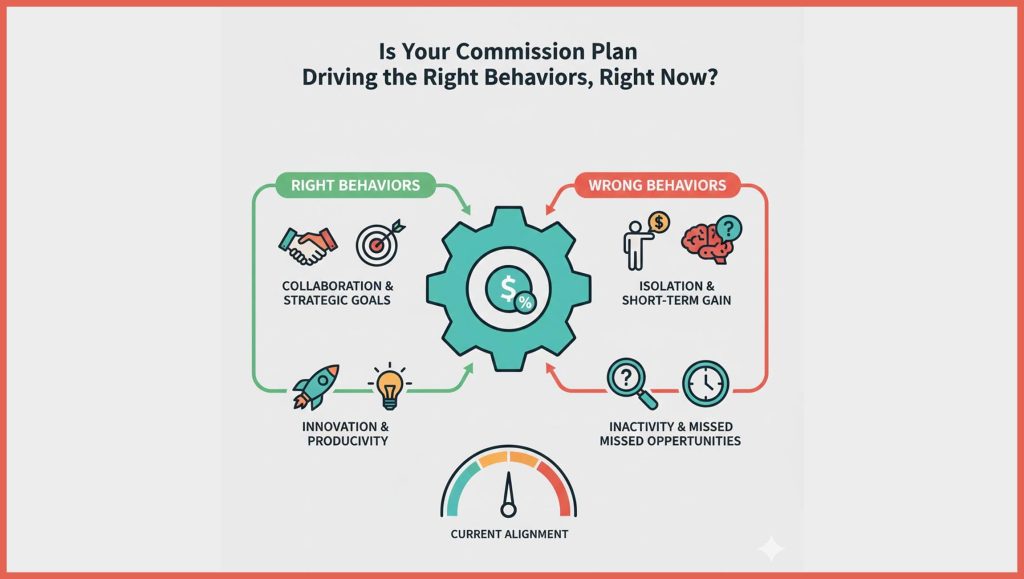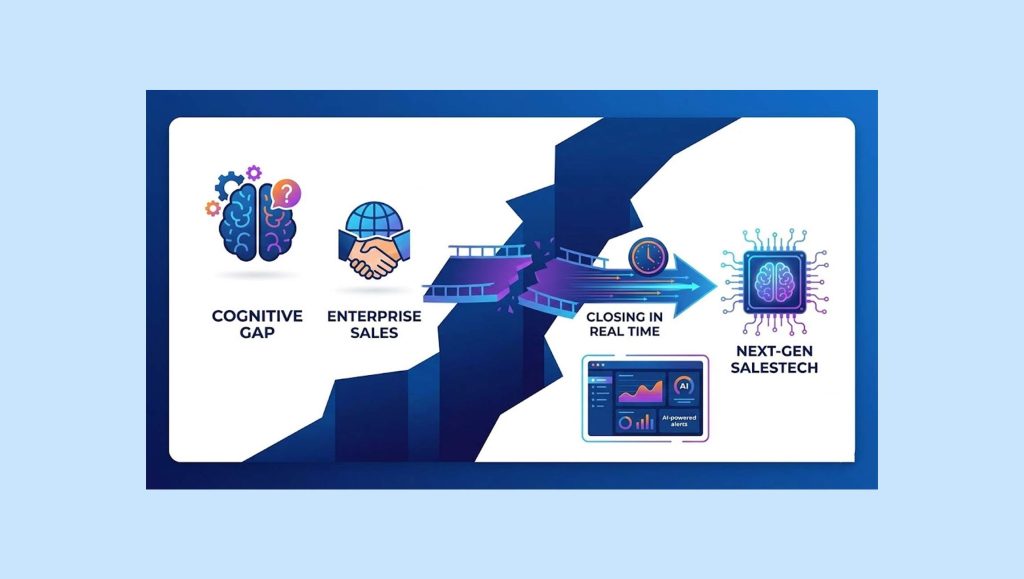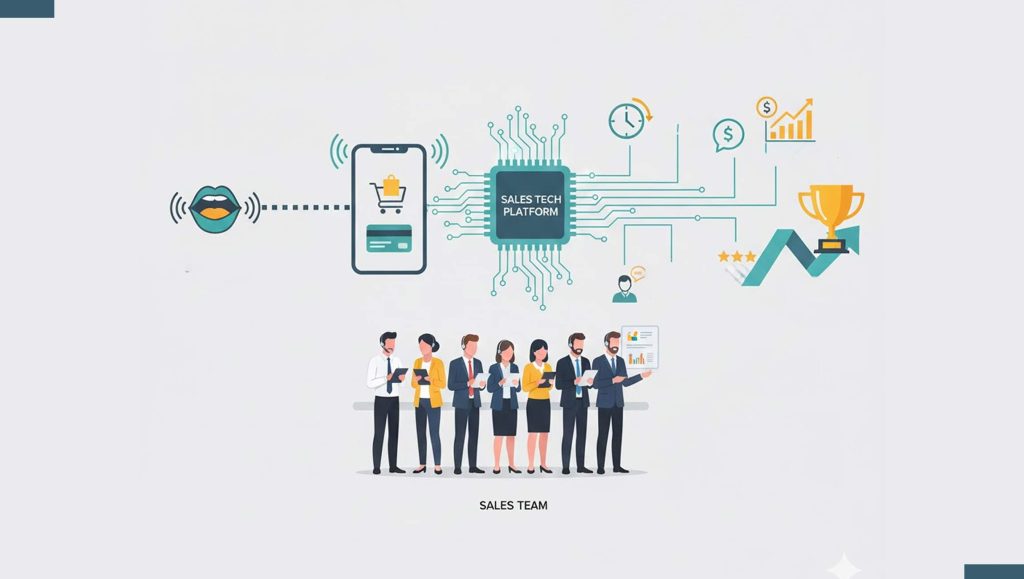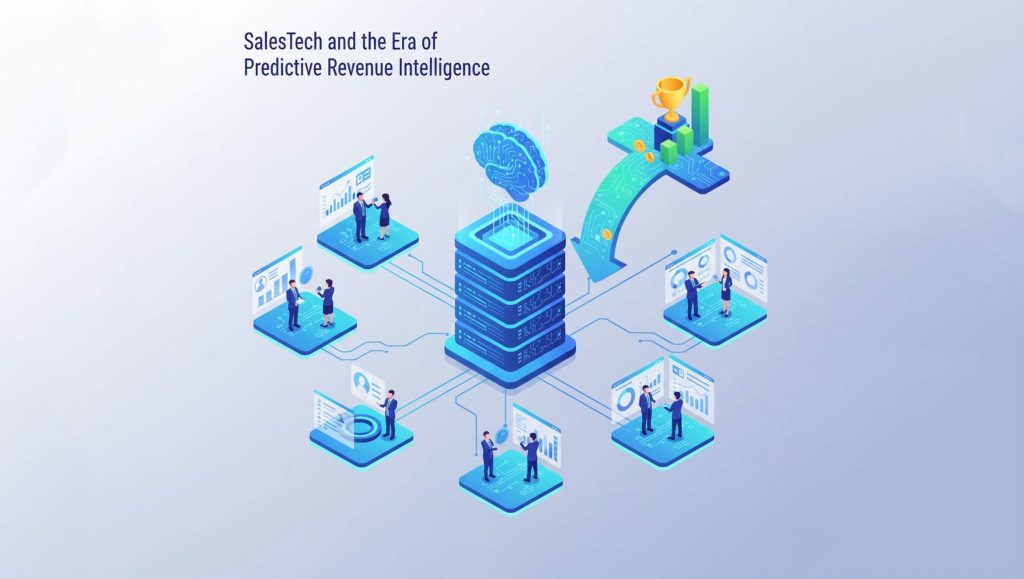The pandemic shined a bright and sudden spotlight on how far along the digital journey each sales organization actually was. Now a year later, that shift toward a digitally-dependent marketing and sales cycle has likely become permanent for most businesses. According to McKinsey, more than 75% of B2B buyers now report a preference for digital self-serve and remote human engagement over face-to-face interactions. B2B buyers report spending exceedingly little time with sales reps. Add to that the generational shift among B2B buyers from Baby Boomers to Millennials, who are more than two times more skeptical(!) of sales reps’ claims while also demanding transparency and brand purpose from the vendors they buy from. It’s no wonder many sales reps feel as though they’re not equipped with tools or content best suited to this sea change in buyer demands.
Though these changes in the sales cycle might have felt sudden, the pandemic merely accelerated what a number of organizations have already identified as the future of B2B sales. Sales focus has transitioned from reach to engagement, and from presenting general content to buyers to becoming their partner – and aligning with their values. Many see that with this transformation comes great opportunity; Research analyst firm Altimeter, which focuses on digital disruption trends, found that 75% of top sales performers reported that improving customer satisfaction was the single most important sales team objective in 2020.
Read More: SalesTechStar Interview with Scott Schnaars, Vice President of Americas at Cloudinary
As the sales cycle becomes more digital, and sophisticated buyers become more discerning in respect to product value and partner values, the timing couldn’t be better for teams to lean into digital transformation as for marketing and sales. Far from adding complexity or cost, a commitment to digitalization can result in three key reductions that matter: in costs, in inefficiencies, and in waste. Here are three considerations for what those reductions mean:
Reducing Costs
As companies increasingly prioritize the B2B buyer experience, an effective and customizable digital content strategy is more critical than ever. Whether the goals are to generate leads, to create brand awareness, or demonstrate value, a content system that personalizes information for leads and customers can be accessed, in seconds, during face-to-face interactions or virtually.
Teams can replace cartons of mass-produced printed sales and marketing materials with a single screen which captures buyers’ interest, speaks to their pain points, and communicates a vendor’s value. Shifting to a digital-first model leads to significant reductions while simultaneously creating a better customer experience. Not only can you cut the cost of creative agencies, but the cost of printing and distributing materials. Switching to a content system like the HTML5 conversion engine allows reps to instantly create, translate, update, consolidate, and distribute personalized digital materials to maximize the buyer’s interest and time.
Reducing Inefficiencies
A digital approach doesn’t only reduce costs, but also reduces inefficiencies no matter where in the funnel the conversation is happening. Field reps can schedule in-person or virtual meetings, and instead of shuffling through boxes of bulky material, have access to everything they need in a single device. With integrated CRMs and sales enablement technologies, visit information can be captured immediately for analysis – creating a strong foundation of data and insights to use for future interactions and for tracking customer interest across digital properties.
Improving on legacy systems, a digital sales enablement approach reduces time spent managing ordering, inventory, and payment integration and allows for better visibility into which materials are most engaging, allowing the extrapolation onto buyer personas and segments. And for streamlined and effective messaging creation, digital solutions optimize back-office processes around content targeting and production, further aligning marketing and sales efforts.
Reducing Waste
Beyond the direct impact of COVID-19 on sales, the pandemic also served as a point of reflection for larger business goals and values. With a pause in business travel in favor of video calls and with offices shut down, one result was a reduction in waste and a renewed corporate interest in sustainability. According to a research survey from Epson, before COVID-19, 76% of businesses said sustainability was not one of their top priorities; but 65% expect that it will become more important once the pandemic is over. It’s not just social responsibility, it’s also smart business. Of those with a goal of increasing sustainability, 86% expect to see business profits increase, and for customers, 83% of respondents report that the environmental and social credentials of the products and services they personally purchase are important.
Traditionally, the amount of printed sales and marketing material has often been among the most significant of any department. Digital transformation offers a combined benefit of an outsized reduction in printing spend, but also in printed waste. According to the Environmental Paper Network, not printing 100 reams of paper saves 4,490 pounds of carbon dioxide (CO2) emissions and 5,350 gallons of water. A digital approach transforms sales efforts into engaging customer journeys and adds to the growing number of efforts toward sustainability becoming increasingly important from both corporate and customer perspectives. Beyond reducing print demand, companies can partner with organizations like TreeNation to actively offset CO2 emissions by planting new trees and forests.
Read More: SalesTechStar Interview with Tod Nielsen, CEO at Talkwalker
The convergence of technological innovation and the evolution of the sales cycle is creating new considerations and opportunities for B2B companies. With intention and a commitment to a digital approach, businesses can drive customer engagement, reduce costs and inefficiencies, and sustain a reduced environmental footprint.




















